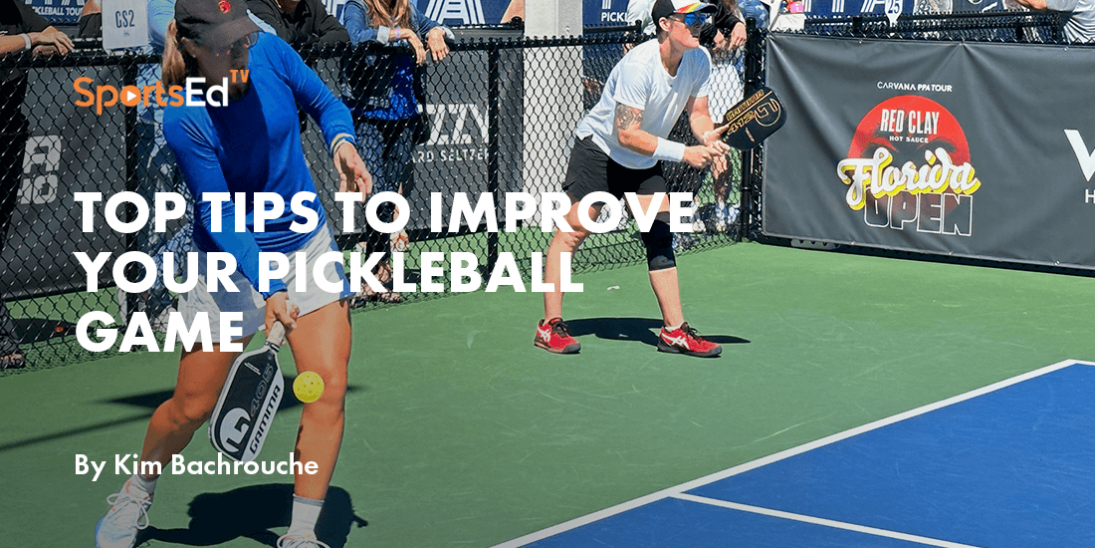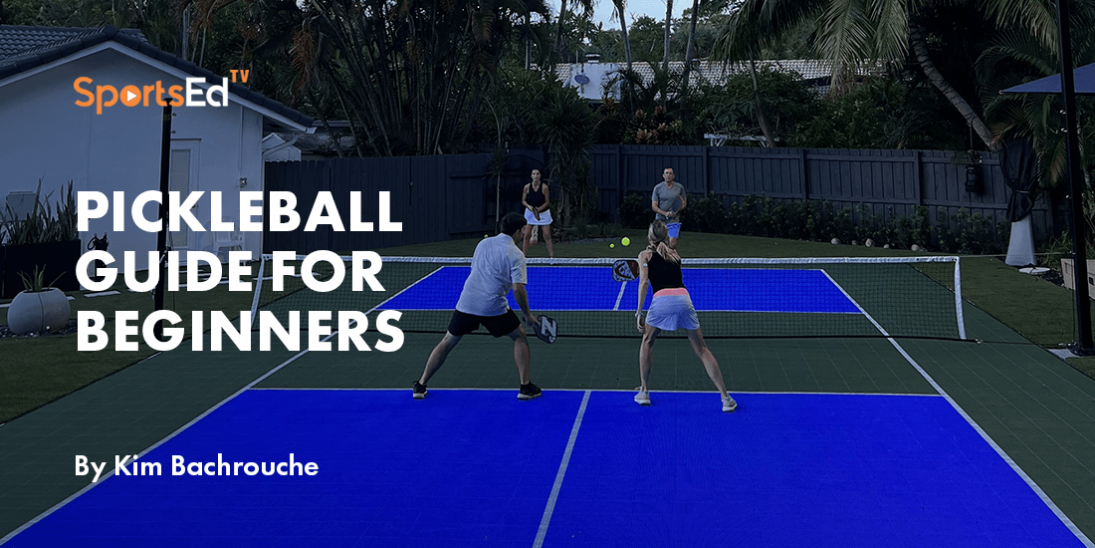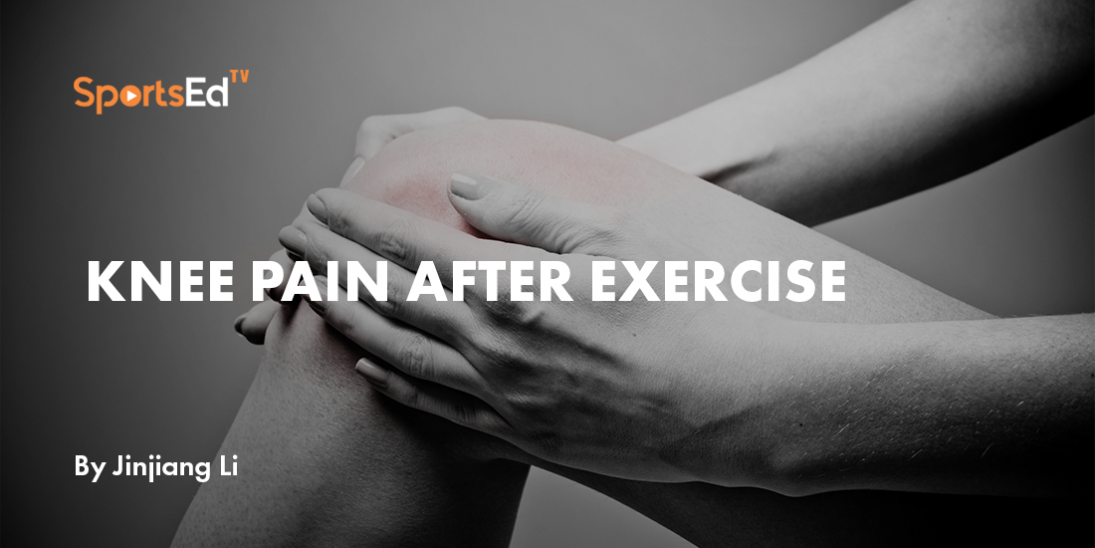Pickleball
Welcome and thanks for visiting...

How to Know When It's Time to Change Your Pickleball Shoes
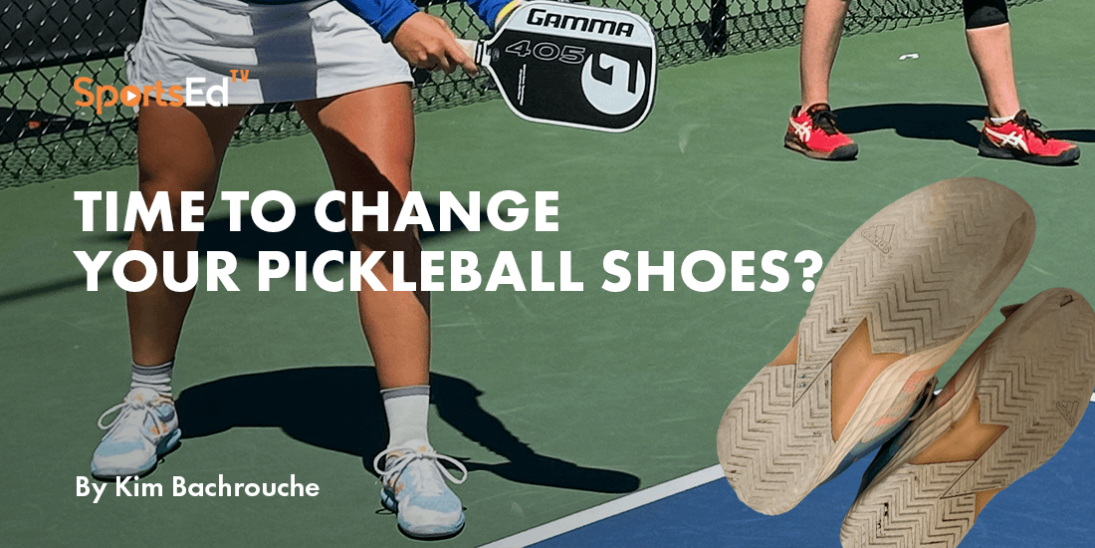
If you're an avid pickleball player, you already know how important it is to have the right equipment. From the paddle to the balls, every piece of gear plays a role in your performance on the court. But there's one piece of equipment that is often overlooked – your shoes. If you're not wearing proper pickleball or tennis shoes on the court, it's time to make a change. Wearing the right shoes can help prevent injuries, improve your game, and even extend the life of your shoes. In this article, we'll take a closer look at how often you should replace your pickleball shoes to ensure you're playing at your best and staying safe on the court.
If you have not purchased the right shoes yet, first read our article:
How to choose the right pickleball shoes
Check for visible wear and tear.
Recognizing when it's time to replace your pickleball shoes is crucial to maintaining your performance and preventing injuries. The first step is to examine your shoes for any visible signs of wear and tear. If the soles are scuffed, the tread pattern is wearing off, or there are cracks and splits, then it may be time to consider investing in a new pair. However, it's not just about what you see on the surface - take note of any discomfort or pain you feel during play. Uncomfortable shoes that fail to provide proper support can lead to foot and ankle injuries, making it important to replace your shoes when needed. Keep in mind that the frequency of replacement depends on various factors, such as your playing style, the court surface, and the frequency of play.
Look for Tears or Parts Worn Out on the Outside of the Shoe.
It's no secret that pickleball shoes go through a lot of wear and tear on the outside, and signs of use are often visible before you even take them off. Tears or worn-out areas can compromise the support provided to your ankles, which may lead to injuries. In addition, if you notice any discoloration or discomfort when wearing your shoes, it's a clear indication that it's time to replace them. Regularly inspecting your shoes can prevent further damage and ensure your safety on the court. So, make sure to keep an eye on your pickleball shoes to avoid any potential risks.
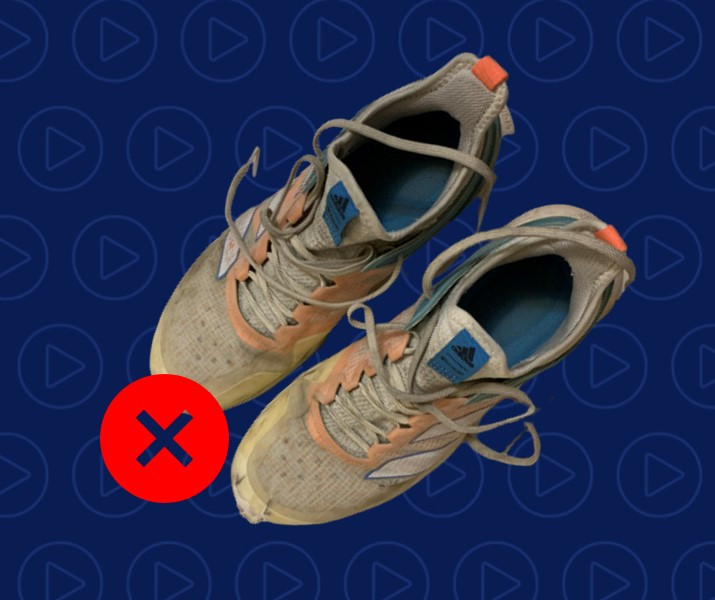
Check the Grip on Your Shoes.
In addition to checking for visible signs of wear and tear, it's important to pay attention to the grip on your pickleball shoes. This is especially crucial if you frequently play in wet or slippery conditions, as a worn-out grip can increase your risk of injury. If you notice yourself slipping and sliding on the court more than usual, it may be time to invest in a new pair of shoes. When shopping for pickleball shoes, look for ones with grips that are specific to your playing surface. By selecting the right shoes for your playing surface, you can minimize your risk of slips and falls and enjoy a more confident and stable game.
Measure If Your Shoe Flexibility Has Changed Over Time.
It's important to pay attention to any changes in the flexibility of your pickleball shoes. Take a moment to feel your shoes and determine whether they have become stiffer or less flexible than when you first purchased them. The sole of a pickleball shoe should be able to bend freely at the forefoot, allowing for easy and fluid movement during gameplay. If you notice that your shoes have become significantly less flexible over time, it may be time to invest in a new pair. This lack of flexibility could indicate that the cushioning capacity of your shoes is beginning to wear out, which can lead to a lack of support on the court and potentially even injuries. To best measure, if the flexibility of your pickleball shoes has changed over time, you should press down with your hands in the area of the shoe where you feel the most pressure when playing. If this area feels stiffer than usual or shows any visible signs of cracking, then it is a good idea to replace them. Additionally, if you find that your feet readily fall into their regular spot in the shoe when putting them on, it is another sign that your shoes have gone from being flexible and supportive to flat and lifeless.
Check the inside of the shoes
it's important to inspect the insides of your shoes. Uneven wear patterns on the material inside could be a sign of a foot or ankle condition or even lead to one (such as plantar fasciitis). Overuse can weaken the ligament in the arch of your foot, particularly without proper footwear. Check for excessive wear on the inside edges and in the toes area, as this may be a signal that the ligament is becoming strained. Worn-out padding in the ball of your foot could be an indication of various foot problems, such as falling arches.
Checking the Tread on Your Pickleball Shoes
To ensure optimal performance and safety on the pickleball court, it is important to regularly inspect the tread of your shoes. Using your fingertips, gently feel the tread to check for any areas that may be worn down or flattened. If you notice any significant wear, it may be time to replace your shoes. One thing to watch out for is the layer of material below the outsole of your shoes. If you notice this layer becoming visible through wear and tear, it’s a clear indication that your shoes are worn out and need to be replaced. Running shoes are designed with a soft midsole cushion that helps absorb impact and reduce stress on your feet and joints. However, this cushioning can lose its effectiveness over time, resulting in less comfort and joint support. Court shoes, on the other hand, feature a harder midsole and outsole that provide more durability and maintain the tread on rough pickleball court surfaces. While they may not offer the same level of comfort as running shoes, their hardness is beneficial in preventing excessive wear and tear.
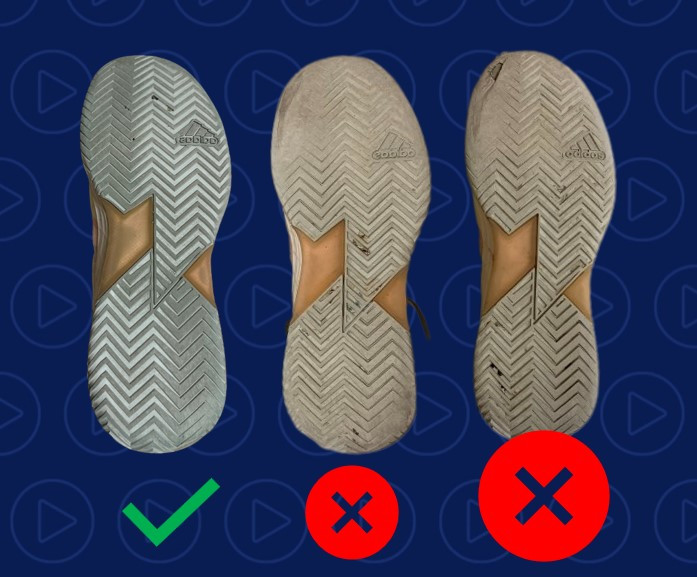
The durability of court shoes depends on several factors that affect their lifespan. How frequently do you play and how do you move on the court? Do you drag your toes or lift your feet when following through on shots? Another factor to consider is the weight of the shoe, as it can be an indicator of its longevity. Typically, heavier shoes are made with denser rubber that maintains its tread over extended periods of play.
Lightweight pickleball shoes usually feature a softer rubber that is less dense, making them more comfortable to wear. If you don't play very often or prioritize comfort over durability, lightweight shoes can be a great choice. However, if you're a frequent player or an aggressive player who needs to make quick lateral movements on the court, you may want to consider a heavier, more durable shoe as the softer rubber in lighter shoes can wear down quickly. This is why tournament-level players typically opt for shoes with harder, denser rubber that can withstand the rigors of competitive play.
In summary, knowing when to replace your pickleball shoes is important to avoid injury and ensure peak performance on the court. Check for visible wear and tear, including scuffed soles, worn tread, cracks, splits, tears, discoloration, and discomfort. Pay attention to changes in flexibility, as a stiffer shoe with less cushioning can result in less support and an increased risk of injury. Inspecting the tread, as worn or flattened, can lead to reduced grip and traction. Finally, examine the insides of each shoe for uneven wear patterns, which can indicate a foot or ankle condition, and worn-out padding in the ball of the foot, which could indicate various foot problems. By taking these steps, you can maintain optimal foot health and performance on the court.




